Pet Obesity 101: Helping Your Companion Reach a Healthy Weight
It usually starts subtly. Maybe your dog starts skipping a few stairs, or your cat stops leaping up to her favorite perch. At first, it’s easy to brush off—just age, right? But over time, the signs add up: heavier breathing after short walks, trouble grooming, difficulty fitting into a once-loose harness.
At Animal Hospital Southwest in Fort Worth, Texas, we see this all the time. And we know just how hard it can be to realize your beloved pet may be carrying more weight than is healthy. It’s never about blame—it’s about helping you understand what’s going on and how to make small changes that can transform your pet’s life.
Let’s walk through what pet obesity really is, why it matters, and most importantly, what we can do about it—together.
Is My Pet Really Overweight?
We all want to think of our pets as healthy, even if they’ve gotten a little “fluffy.” But there’s a difference between a few extra pounds and true obesity. Using a Body Condition Score (BCS)—think of it as a pet-specific version of BMI—your vet can assess whether your dog or cat is in the ideal weight range for their size and breed.
If you’ve wondered whether your pet’s size is okay, you’re not alone. In fact, over half of pets in the U.S. are considered overweight. That’s why we’re passionate about education and support—not judgment.
Why It Happens (and Why It’s Not Just About Food)
Weight gain doesn’t come down to just overfeeding. Sure, extra treats play a role, but there are often deeper patterns at work:
- Is your pet getting less exercise than before?
- Are they aging and slowing down?
- Could a medical condition like hypothyroidism or Cushing’s be at play?
- Do you show love through snacks and table scraps?
You’re not alone if you’ve answered yes to any of the above. We’ve helped many pet parents through the same realization. The good news is, once we understand why the weight is creeping on, we can take real steps toward change.
For more insight, check out the 2021 AAHA Nutrition and Weight Management Guidelines and Pet Obesity Prevention Resources.
Why Pet Obesity Matters
Being a few pounds overweight might seem harmless—until you see how it affects your pet’s health.
- Joint pain can make even short walks uncomfortable.
- Extra fat makes it harder to breathe, especially in the heat.
- The risk of diabetes, mobility issues, and even cancer increases.
- Surgery and anesthesia become riskier.
And then there’s the emotional toll. Pets that once raced around the yard may now nap all day. Slower movement, reduced energy, and social withdrawal aren’t just side effects—they’re quality of life issues.
What to Expect When You Visit Us
If you suspect your pet might be overweight, our team will start with a physical exam, a body condition assessment, and a deep dive into your pet’s lifestyle. We’ll talk about food, treats, activity, medical history—no judgment, just support.
Sometimes we’ll recommend bloodwork to rule out underlying conditions. Other times, it’s about crafting a manageable, sustainable plan that works for your daily routine.
Real Solutions: Getting Your Pet Back on Track
The best weight-loss plans are the ones that fit into real life. Here’s what we focus on:
Nutrition That Works
We might recommend a prescription diet that keeps your pet full while cutting calories. You’ll learn how to measure food precisely (that scoop you’re using might be a little too generous!) and find healthy treat alternatives. For help, check out 5 Ways to Know How Much to Feed Your Pet.
Getting Moving—Without Overdoing It
Whether it’s daily walks, low-impact swimming, or food puzzles for your cat, every step counts. For pets with joint pain, we can explore safe activities that improve strength and mobility.
Review Feline Fitness or Slim Down with Your Hound to see how others are tackling the same challenges.
Support Beyond the Scale
Sometimes, the challenge isn’t the weight—it’s your pet’s discomfort or your busy schedule. We’re here with solutions, whether that’s pain management, behavioral coaching, or even medications in rare cases.
Once your pet starts losing weight, the goal is to keep it off. That means sticking to portion sizes, keeping routines consistent, and checking in regularly. We’ll cheer you on at every milestone.
You’ve Got This—And We’ve Got You
Helping your pet lose weight doesn’t mean saying no—it means saying yes to longer walks, easier play, and more joyful moments together. It’s not always easy, but you don’t have to do it alone.
At Animal Hospital Southwest, we’re here for every question, every weigh-in, and every win. Schedule an appointment or meet our team to get started.
Because a healthy pet is a happy pet—and that’s something worth working for.

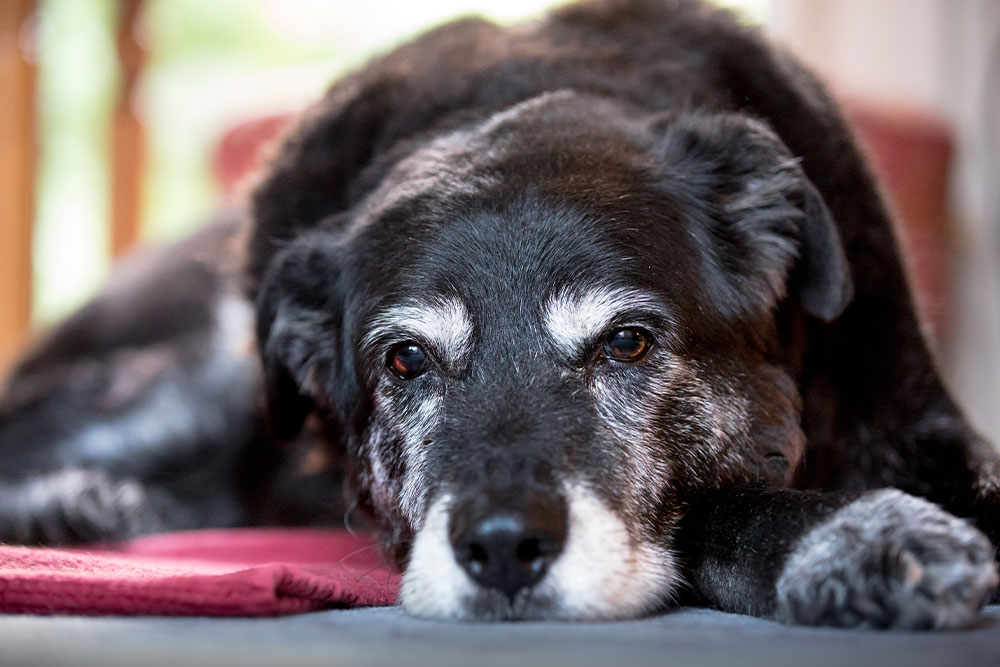
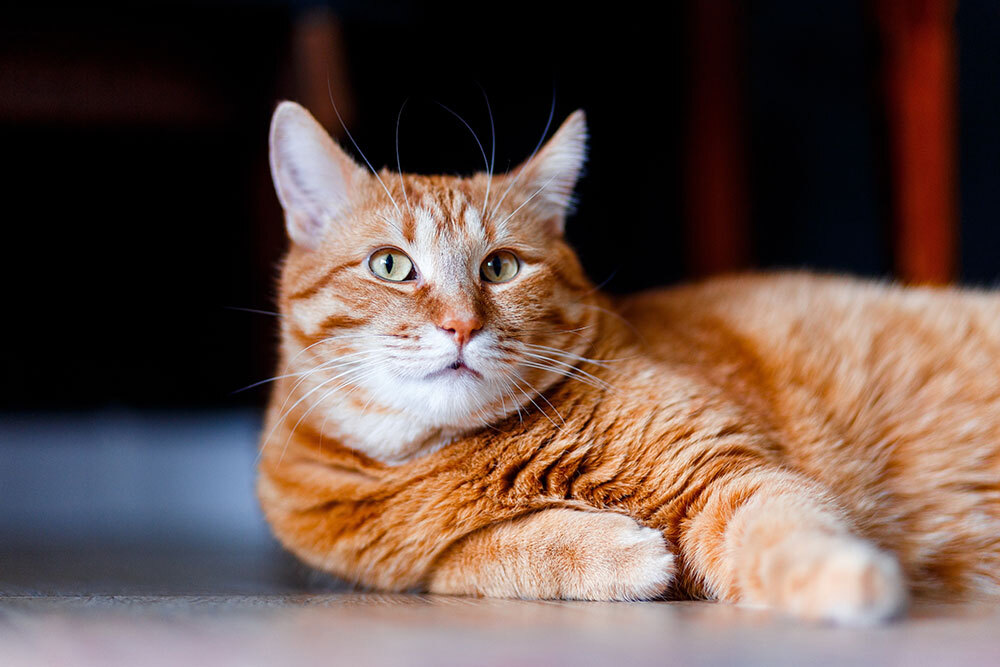
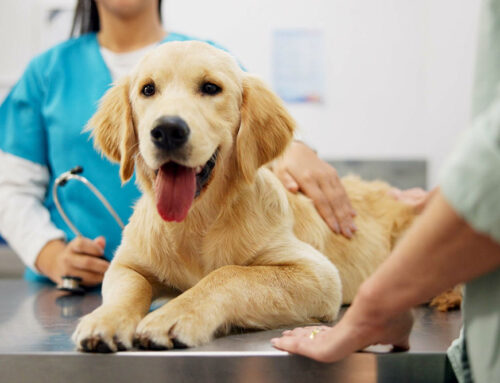
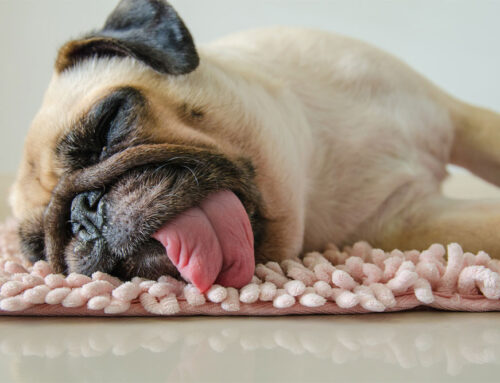
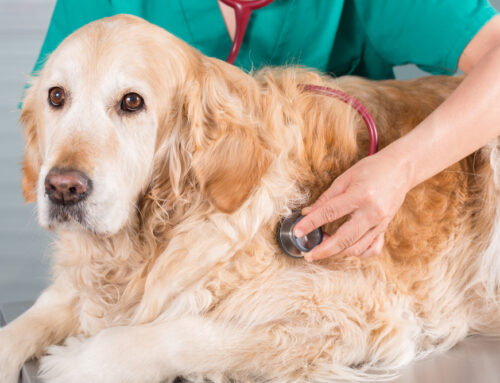
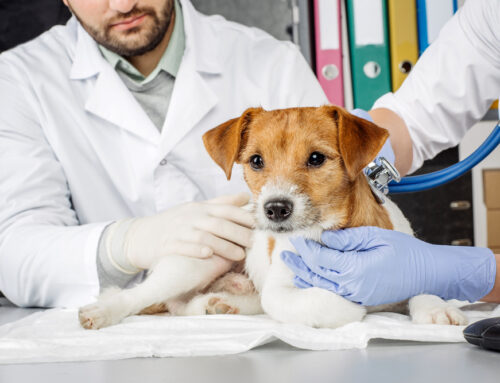

Leave A Comment